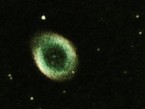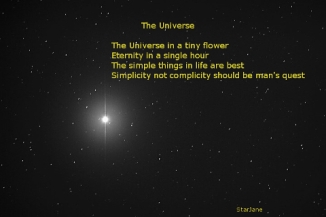
Image Courtesy of Nasa.gov
Since man’s first step’s on the Moon in 1969 and to present day, with such discoveries as those attributed to Voyager, Hubble and Cassini, the stage has been set for more rapid and ground breaking advances in the technology of space travel. The contributing factors which will spur on this change are both positive and negative in nature…facilitating and also pushing the human intellect to perform.
The current population on Earth in 2017 is 7.6 billion. The species extinction rate is between 200 to 2,000 a year which also has a chain reaction affect on the environment. The search for new antibiotics cannot keep up with new resistant microbial strains. Carbon dioxide in the atmosphere is increasing 100 times faster than at the end of the last ice age. Resultant climate changes, storms, heat waves, flooding, famine and epidemics have not been mitigated by humanitarian efforts or international governmental aid. Ironically, despite our technological know how, we lack the will to perform good housekeeping on the very soil upon which we were conceived and nurtured. The Earth has been plundered with indifference and we have provided only token resolve towards vital and necessary change.
The concern for the quality of future life on Earth, afflicted with these problems is one but not the only driving force which will spur on human space exploration at a faster pace. Since the last 15 years Nasa has singly led the way in this endeavour restricted by governmental funding. However within the last few decades, rich entrepreneur enterprises such as SpaceX, Virgin Galactic and Blue Origin not to mention at least 200 related smaller start-ups have come into existence. Space craft technology is the new silicon valley of our time. The lure of space tourism will attract more and more people eventually bringing down the fare of space travel. At this stage, space vehicle technology will soar as more money will be available and not limited as in the past by governmental control.
Since the Industrial Revolution, we have polluted our world and since then with really no significant abatement. Based on history, it may in fact be a lot easier to effect co-operation in the field of space travel between businesses, spurred on by the lucrative rewards of monetary gain rather than between nations on a larger scale, trying to co-operate on regulating pollution emissions, the rewards of which may not be as immediately luring and tangible. Thus the orchestrated push for human habitation in space may well be our last hope for our survival unless drastic and immediate change regarding the environment is agreed upon by all nations…a prayer we all have in common.


